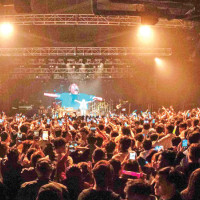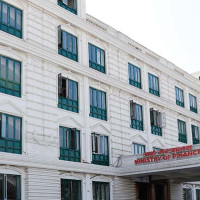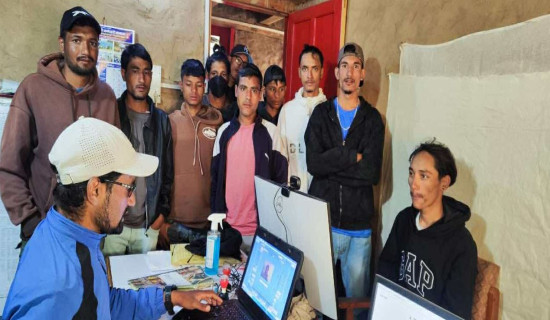- Sunday, 16 November 2025
Ajaymerukot reconstruction revives Doteli heritage
By Puskar Bhandari,Dadeldhura, Nov. 16: Ajaymerukot, the 13th-century palace of the Doteli king, has been reconstructed.
The palace, located in Hatkot, Ward No. 2 of Ajaymeru Rural Municipality, has been rebuilt for Rs. 7.8 million.
In the last fiscal year 2024/25, after the rural municipality allocated Rs. 9 million, the Department of Archaeology excavated the Ajaymerukot Palace in the month of February/March.
Ratan Air, the technician of the rural municipality, informed that the reconstruction work was carried out according to the style of the palace uncovered during the excavation.
According to him, the foundation of the palace has been excavated and rebuilt. The artisans involved in reconstructing the archaeological structures were brought from Bhaktapur.
The palace’s structure and three-metre-high walls have been rebuilt similar to the original design. He said that the main palace is currently being reconstructed based on the structures found during the excavation of the palace, which had been in ruins without a roof.
He added that the palace was built with large stones hardened by mixing lime with stone dust. New stones crafted in the old style have been used in place of the broken stones, along with the stones recovered during the excavation.
Excavations and research have shown that there may have been a two-storey, 14-room palace in Ajaymerukot.
It was revealed that the main palace may have had about 14 rooms in the two-storey building, with a street in the middle, three rooms on one side and four on the other, and a stone staircase leading to the ground floor and seven rooms above.
Along with the palace, 10 stone structures were found in the main palace area, including a one-storey building, a shrine, and a security tower.
The construction of the ground floor of the palace has been completed.
He said that only the ground floor was found during the excavation, but a staircase leading upward was discovered in one of the
rooms. According to archaeologists, this suggests that the palace had at least one more storey.
It is not yet clear whether the palace originally had two storeys or more. Thin stone slabs used for the roof were found in the palace area. Since no wood was found, it remains uncertain whether the roof was made solely of stone or whether wood was also used.
Bhaskar Gyawali, Chief Archaeology Officer and Archaeologist at the Department of Archaeology, had said during the excavation that Ajaymerukot, which carries the history of the Doteli kingdom, was built in the refined artistic style of the Katyuri dynasty.
He said that Ajaymerukot—excavated, studied and researched for the first time—was found to be an area influenced by the Katyuri dynasty because of its distinctive artwork and construction style.
According to him, the unique artwork and construction style of Ajaymerukot are different from those of temples east of the Karnali River. He said it is one of the finest examples of artwork in Nepal.
He added that there are many types of forts dating from the 13th and 14th centuries. Although it is called Ajaymeru Fort, it is not just a fort but also contains the ruins of palaces, protective towers, wells and many stone structures related to the royal palace.














